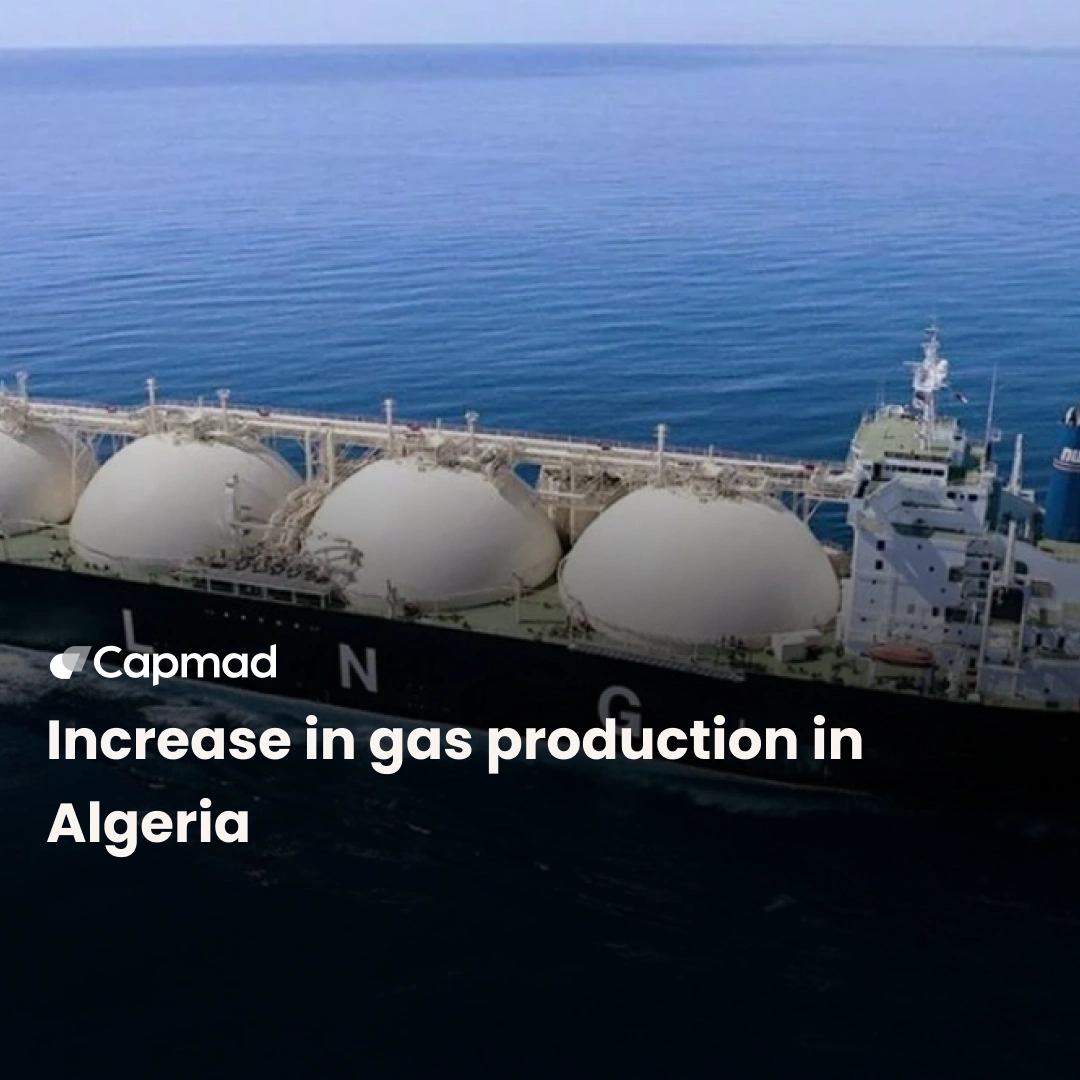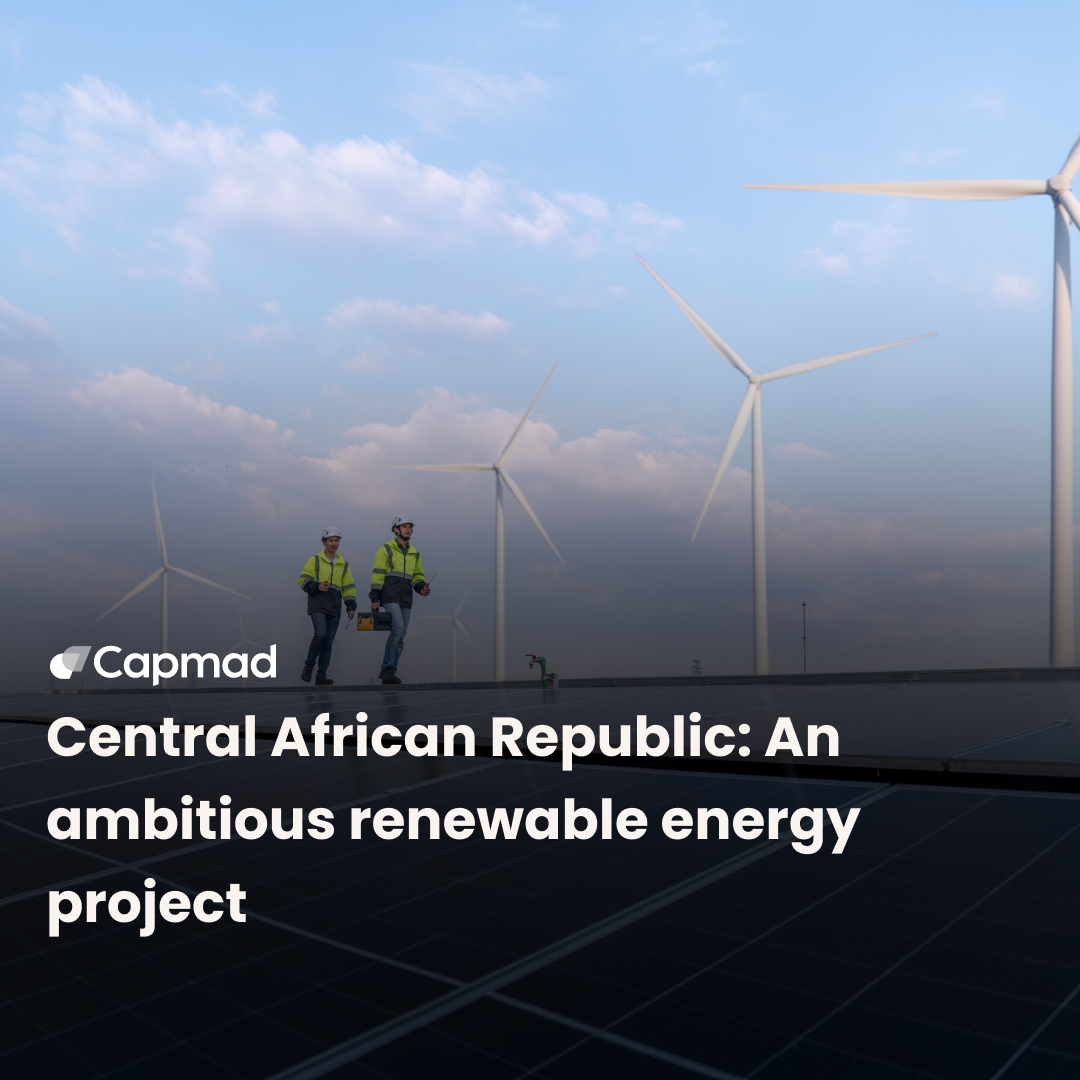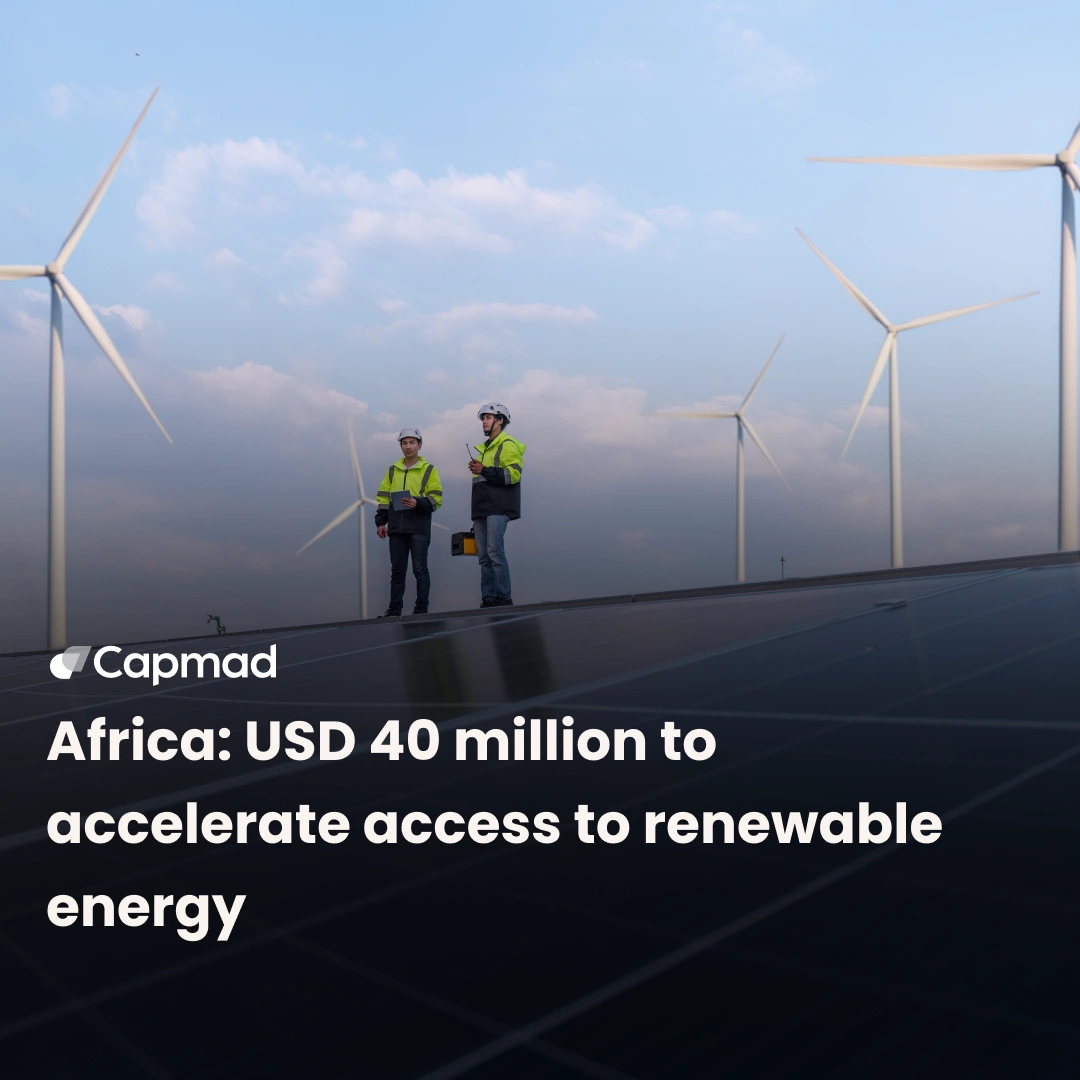Ethiopia has officially inaugurated the largest hydroelectric dam in Africa, a major project that marks a significant step in renewable energy production on the continent. This dam, which required substantial resources for its construction, aims to enhance energy security and support the country’s economic growth while supplying power to several neighboring countries.
A large-scale dam with impressive capacity
Located on the Blue Nile, this hydroelectric dam has an installed capacity that far exceeds existing infrastructures on the continent. Its reservoir not only enables massive electricity production but also contributes to water resource management, flood prevention, and agricultural irrigation.
A source of clean and renewable energy
This project aligns with Ethiopia’s national strategy to diversify its energy sources, focusing primarily on hydropower to reduce dependence on fossil fuels. By producing low-cost and renewable electricity, the dam will help lower greenhouse gas emissions and promote sustainable development in the region.
Economic and social impacts for Ethiopia and the region
The dam’s inauguration is expected to bring significant benefits to Ethiopia’s economy: improved access to electricity, stimulation of local industry, and increased attractiveness for investments. Additionally, the country plans to export part of this production to neighboring countries, thereby strengthening regional cooperation and economic integration.
Challenges and geopolitical issues ahead
This ambitious project also raises concerns, particularly with downstream countries like Egypt and Sudan, which worry about its impact on their water supply. Fair management of this resource remains a key topic in diplomatic discussions around the dam, calling for enhanced cooperation mechanisms among the Nile basin countries.






